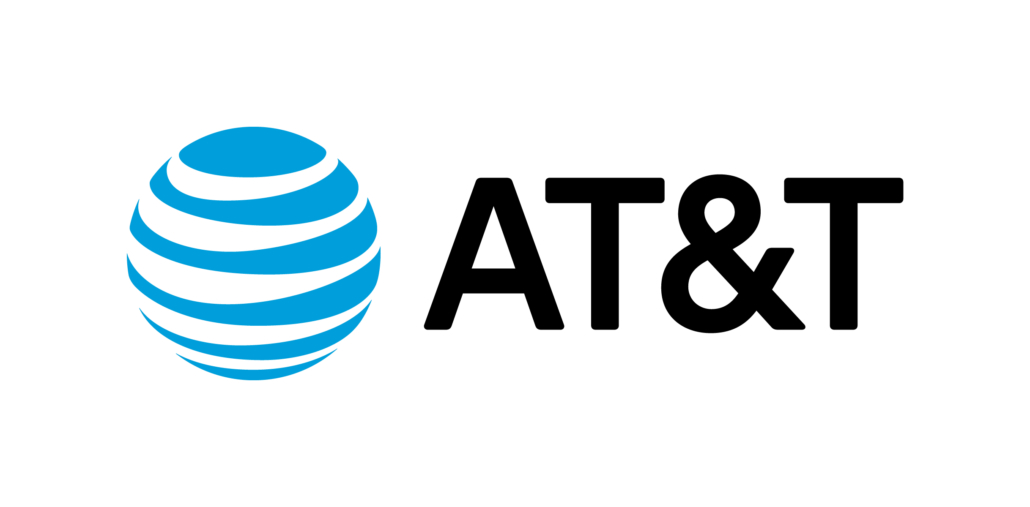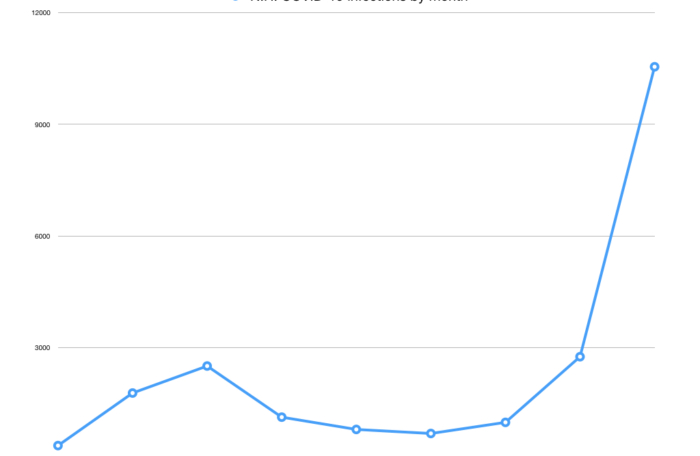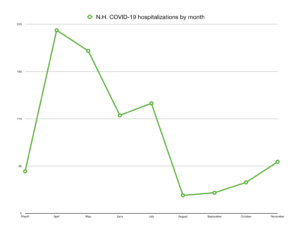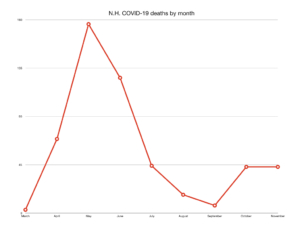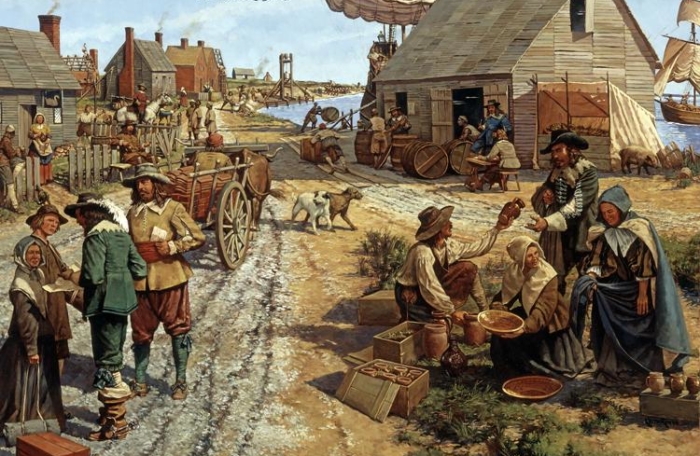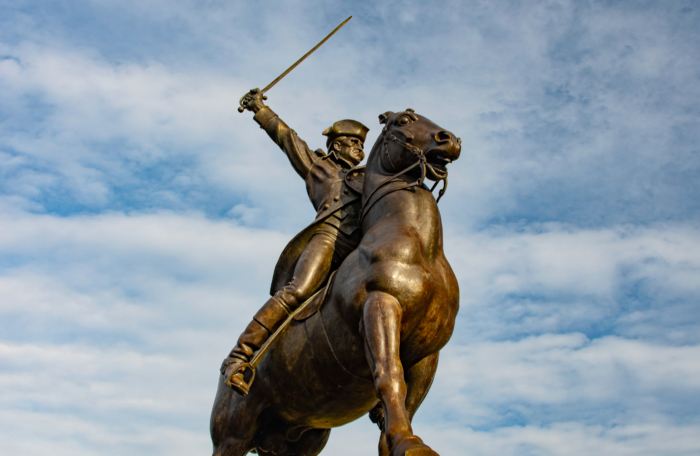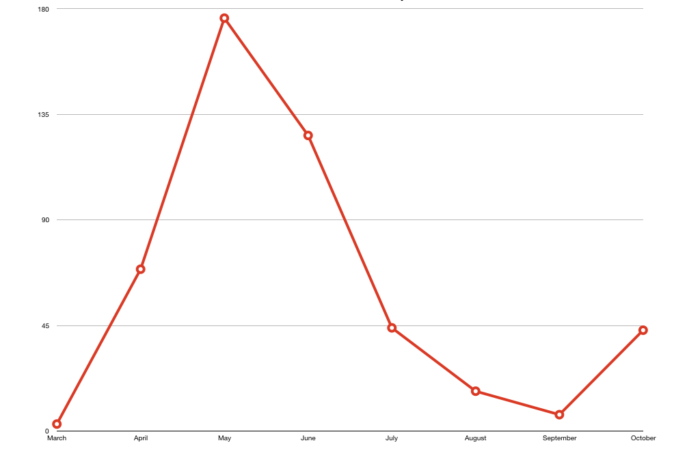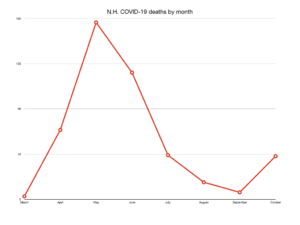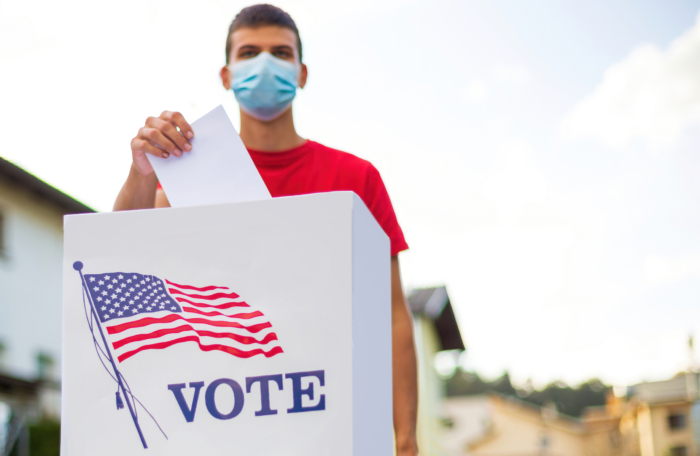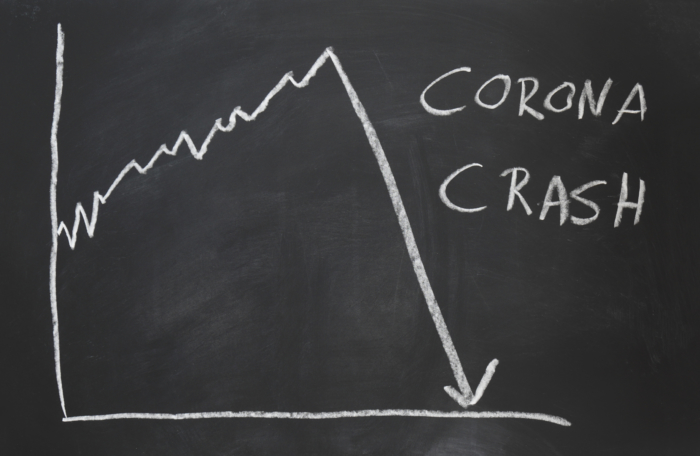Granite Staters on Tuesday put Republicans in complete control of state government while re-electing every Democratic incumbent at the federal level and giving Joe Bide an 8-point victory over President Donald Trump.
There are as many possible explanations for this as there are buffet items at the new Golden Corral on South Willow Street in Manchester. There are fewer explanations than there are candy options at Chutters, unless you count conspiracy theories.
But we aren’t going to get into explanations. We’re going to share some of the more interesting figures, all are official counts from the Secretary of State.
Ready? Let’s have fun with election numbers!*
(*We don’t promise actual fun.)
Gov. Chris Sununu cemented his status as the state’s most popular politician by pulling a record 518,400 votes. To give an idea of how impressive that is, as of the September primaries there were 998,537 registered voters in the state. (Obviously, same-day registrations added new voters this week, but we don’t have a total count.)
Add the Libertarian candidate’s paltry 11,328 votes, and the Republican and Libertarian votes combined more than doubled the 263,988 votes received by Democratic nominee Dan Feltes.
This is in a year when Democrats had 324,778 registered voters in September to Republicans’ 303,057. (Undeclared registrations were 370,702.)
Sununu’s 65% of the vote doesn’t top former Gov. John Lynch’s 70% in 2008 or 74% in 2006. Lynch, incredibly popular, remains the king as measured by percentage of the vote.
But Lynch was helped by a Democratic wave in 2006 that saw Carol Shea-Porter and Paul Hodes elected to Congress, and another in 2008 that saw those two re-elected, Jeanne Shaheen elected to the U.S. Senate, and Barack Obama winning New Hampshire on his way to the White House.
Lynch would have dominated anyway, but he might’ve wound up with slightly lower percentages without a strong ticket.
By the way, Hodes, the former member of Congress from the 2nd Congressional District, lost in this year’s state Senate District 15 primary by 724 votes.
Also by the way, the Libertarian candidate for governor got 31,243 votes in 2016, riding Gary Johnson’s pot-flavored coattails.
Sununu has grown more popular each election, which is unusual for a New Hampshire governor. He won with 49% of the vote in 2016, 53% in 2018, and 65% in 2020.
President Trump also increased his performance from four years before, but so did the Democratic presidential nominee, and by a lot more.
The president improved his 2016 performance by 19,870 votes, taking 365,660 votes in 2020. That would have been more than enough to win New Hampshire four years ago. But Joe Biden took the state last week with 424,937 votes, a gain of 76,4211 over Hillary Clinton’s 348,526 in 2016.
This is after Biden came in fifth in the presidential primary earlier this year, drawing only 24,944 votes, 51,390 less than winner Bernie Sanders’ total of 76,384.
Sununu outperformed Trump by 152,740 votes.
Sununu did this by drawing large support from independents and Democrats, showing the power of bipartisan appeal.
Since 2016, an additional 53,323 Granite Staters registered as Democrats. Republicans gained just 7,370 new voters. Another 18,718 people registered as undeclared.
Trump did outperform Republican U.S. Senate nominee Corky Messner by 39,431 votes. Sen. Jeanne Shaheen outperformed Messner by 124,542 votes. Shaheen’s 450,771 was second only to Sununu. It was 67,629 short of Sununu’s total, suggesting that a Sununu-Shaheen matchup might have ended Shaheen’s long, popular career in elected office.
The five member Executive Council flipped from 3-2 Democrat to 4-1 Republican, with only District 2 staying Democratic. The closest race, not surprisingly, was in District 5, where Dave Wheeler beat Deb Pignatelli by just 1,227 votes.
The state Senate flipped from 14-10 Democrat to 14-10 Republican. In District 9, Republican Denise Ricciardi won by 409 votes, and in District 11 Republican Gary Daniels won by 198 votes. In District 12, Republican Kevin Avard won by 805 votes. Democrats are requesting recounts in all three races.
Total voter turnout was an unprecedented 814,092, obliterating the 2016 record of 755,850.
It also was a record for absentee ballots, with 261,062 cast. In a few towns, including Hanover and Bedford, absentee ballots outnumbered in-person ballots.
In Coos County, two towns — Greens Grant and Pinkham’s Grant — had only a single voter. Both voted in person.
And that’s probably enough numbers for one newsletter.
But before we go, a politician/numbers joke.
How many politicians does it take to change a lightbulb?
Well, I takes 1 to introduce the Act to Change The Lightbulb, 16 to serve on the Committee to Study the Changing of Lightbulbs, 9 to pass the bill out of committee, 4 to argue in favor of the bill on the House floor, 12 to denounce the bill as harmful to the general public, 189 to pass the bill, 5 to study it in the Senate, 3 to vote it out of committee, 2 to argue in favor on the Senate floor, 4 to argue that we do just fine with the bulbs we have, thank you very much, 13 to pass it, and one to veto the bill. So the answer is zero.
See, wasn’t that fun?!



